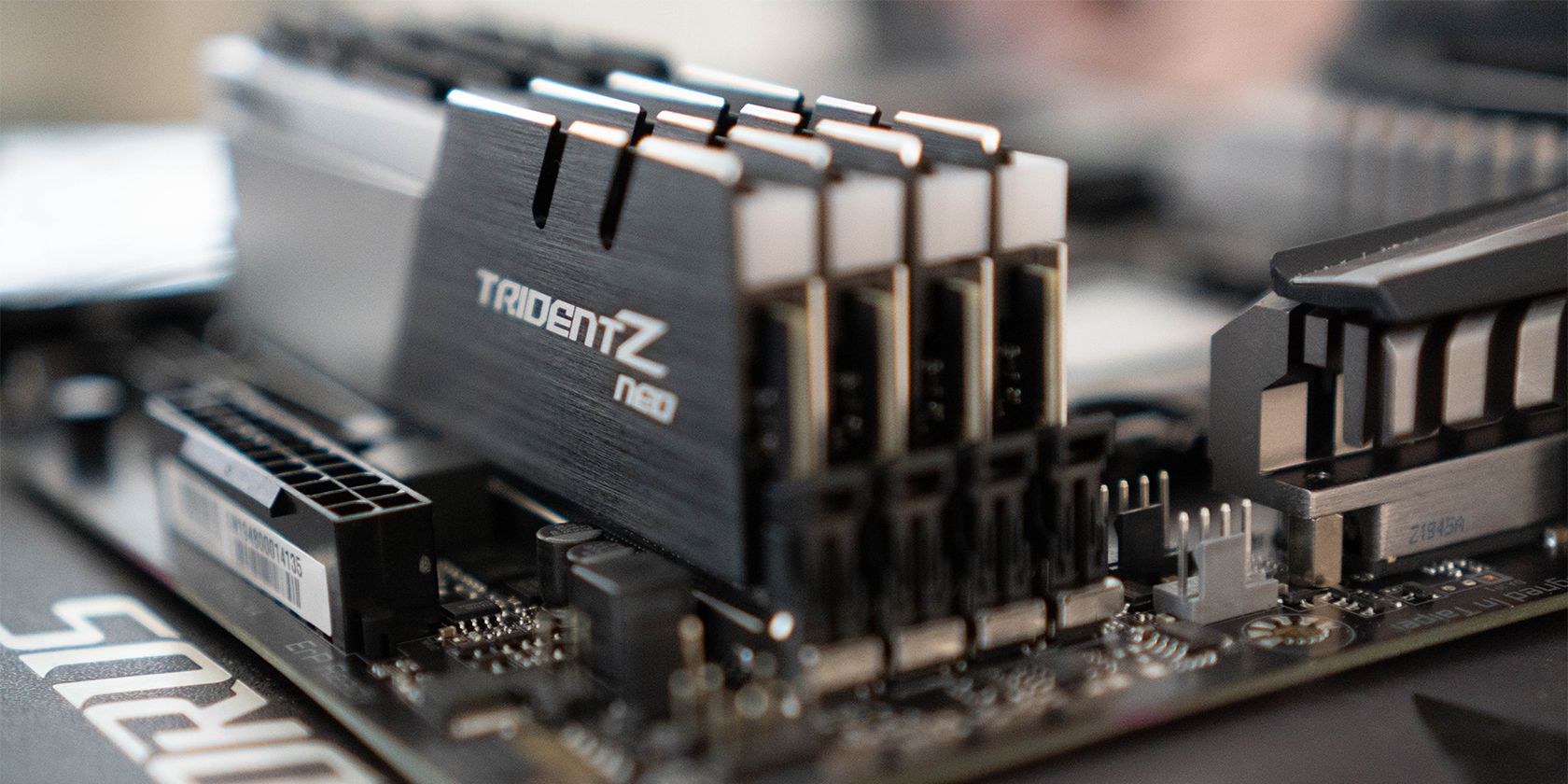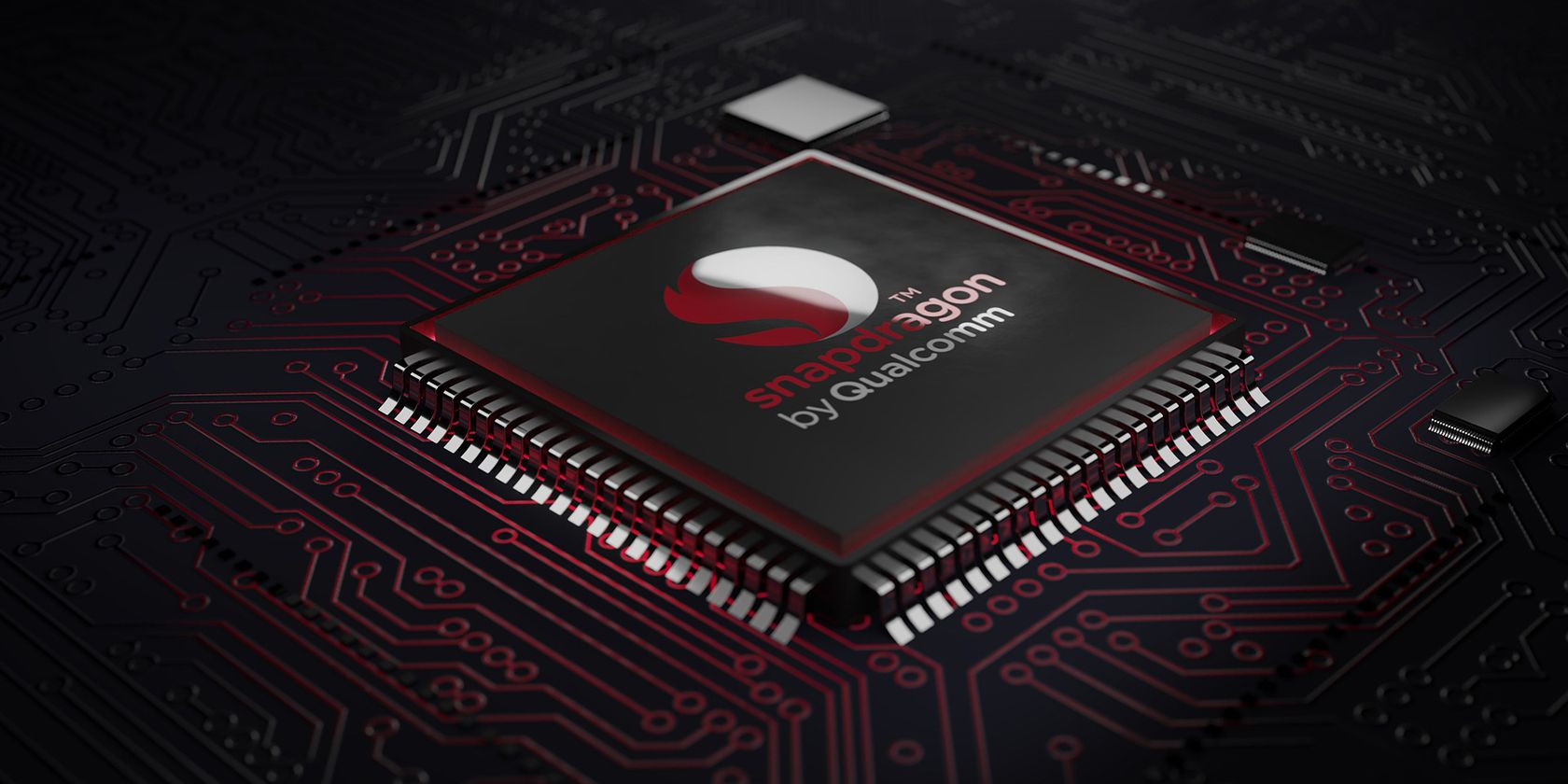If you've ever bought a laptop, you would've had a good number of choices. You could buy a computer from Asus, Acer, Dell, HP, Lenovo, Microsoft, MSI, Razer, Samsung, and more.
So, how come you can only pick between Intel and AMD when it comes to processors (CPUs)? Why aren't there more options?
The current processor duopoly limits us to either Team Blue (Intel) or Team Red (AMD). But isn't it harmful to the consumer when there are only two choices to pick from? Let's take a deep dive into the history of the x86 processor and find out how we ended up with Intel vs. AMD as the only option.
How Intel Got Its Foothold in the Market

In 1981, IBM launched the IBM Personal Computer (IBM PC). This computer, aimed at the consumer market, became one of the most popular computers available due to its price. It also uses an open architecture, meaning its hardware, software, and operations are easy to understand, well-documented, and widely available.
The CPU that powered the IBM PC is the iconic Intel 8088. This processor used the x86 instruction set architecture (ISA). The ISA dictates how the processor thinks and executes instructions. So if you're going to make a program or peripheral that works with a specific processor, it has to use the same ISA as the one employed by the CPU.
Many software developers and hardware manufacturers created IBM-compatible products because of its popularity and open architecture. Eventually, IBM clones soon reached the market. These devices used the same ISA as the IBM PC to work with software and hardware designed for IBM.

And since the IBM PC used the Intel x86 ISA, all other computer makers had to use processors that used the same ISA—from Intel. After all, Intel developed and owned this technology. Thus, the IBM PC's success became a cycle for Intel.
Because the IBM PC that used an x86-based processor had the majority market share, developers and manufacturers had to make their products compatible with it. And when the market upgrades or buys a new computer, they look for PC-compatible systems because they're used to it.
In the early to mid-1980s, when an ordinary consumer would buy a computer, their first question was typically, "Is it PC-compatible?" Because an x86 processor powers the PC, manufacturers had no choice but to use Intel x86 CPUs for their products.
How AMD Got Into the Processor Game

The IBM PC's popularity exploded to such an extent that it exceeded IBM's expectations by 800%. Coupled with the appearance of clone PCs, demand for Intel's x86 chips grew so much the company could not cope with production.
That's why they licensed the design to two other companies—Cyrix and AMD. Cyrix once tried to unseat Intel as the processor king with their integer performance processors. However, Intel's floating-point unit processor, known as Pentium, became far more popular.
This led to further market dominance by Intel. However, as AMD quietly manufactured licensed Intel chips, they developed their in-house x86-based processor. Then, in 1996, they launched the competing fifth-generation x86 chip dubbed the K5.
Although AMD couldn't beat Intel's dominance, at least there was already a viable alternative to what was practically a processor monopoly by Intel. That is until they released the Athlon 64.
AMD Strikes Back

The Athlon 64 is a processor based on the x86 ISA but uses 64-bits instead of 32. Instead of limiting itself to 32 calculations per clock cycle, it doubled that to 64. More than that, this 64-bit technology also increased the maximum memory it can handle by a square.
The x86 processor can only support a maximum RAM size of 4GB or 2^32 bytes. On the other hand, the Athlon 64, with its x86-64 ISA, can accommodate a theoretical maximum of 18 exabytes (EB) or 2^64 bytes. To put this into perspective, one EB is equal to 1,048,576 terabytes.
This development reversed the roles of AMD and Intel. The latter now had to license 64-bit technology from the former to apply this technology to their products.
Why Don't Other Companies Make CPUs?

The ubiquitousness of the x86 and x86-64 ISAs means that almost all hardware and software rely on these to work. And since Intel and AMD own these technologies, all other manufacturers have to purchase a license to use these to make compatible processors.
Other companies did purchase licenses for them and are even currently making x86 and x64. However, none of them were able to create chips that affected the market. Furthermore, Intel and AMD's market dominance allowed them to develop better processors at lower prices.
For example, Zhaoxin, a China-based company, released an x86-64 processor in 2020. However, during testing, it was found to be performing worse than an Intel processor from 2012. Although this chip is priced competitively, it's said that it has a poor price-to-performance ratio.
This shows the high barrier to entry for other makers. You could still get a license for the core x86 technology, but you have to develop other technologies to make an x86 processor at par with Intel's and AMD's current chips.
Nevertheless, no matter how much money or financial capital a company may have, it will not be able to match Intel's and AMD's years of experience and expertise.
ARM: The Other Widely-Used Processor You Don't Know

Despite the computer industry being dominated by the x86 architecture, there's one other widely-used design—the ARM processor. Unlike the x86, ARM's design uses a simpler instruction set. Although this makes the processor less powerful than its counterparts, it also means it's smaller and more power-efficient.
That's why almost all smartphones and Internet of Things devices use this type of processor. Furthermore, there is a significant number of manufacturers using ARM architecture in their chips. For example, there's Apple with their A-series, Qualcomm with the Snapdragon chips, and Samsung with the Exynos.
Huawei uses this design for the Kirin-line of processors. And you could even find this architecture in the upcoming Google Pixel 6 with its Tensor chip.
Although these chips are primarily used in smartphones and other mobile devices, their processing power has grown so much that they now offer comparable performance against affordable x86-based processors.
You could now find ARM-based processors on computers courtesy of the Apple M1 chip. Even large servers now use ARM chips for their computers. Amazon Web Services uses 64-bit ARM-based Graviton processors, while Google is considering building a custom chip to run their servers.
AMD vs. Intel: The Future of Processors
As of now, you can only pick between Intel and AMD when you're buying a computer. But in the future, you might have more options. When Apple introduced the ARM-based M1 processor, it proved that it's possible to have a full-blown computer not running an x86 chip.
When Apple put its weight behind this technology, it gave developers and hardware manufacturers the confidence to develop products for this architecture. Even major apps like Adobe and Microsoft Office now make ARM-compatible software for the Apple M1.
As the ARM-based computer becomes more prevalent, other companies like Amazon, Google, Samsung, Qualcomm, and Huawei may soon release a processor for laptops and desktops. When this happens, it will break the AMD-Intel duopoly, giving us consumers more options.
0 Comments